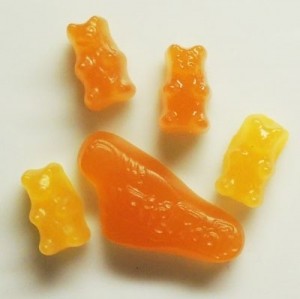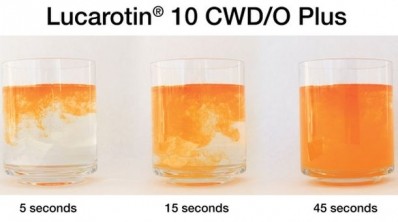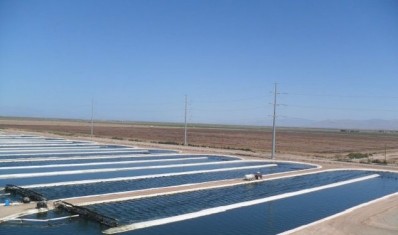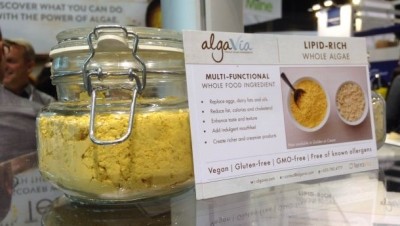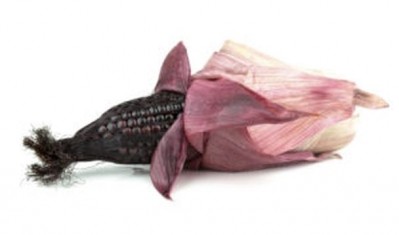Penn State academics seek to commercialize ‘bulletproof’ natural colors from avocado pits
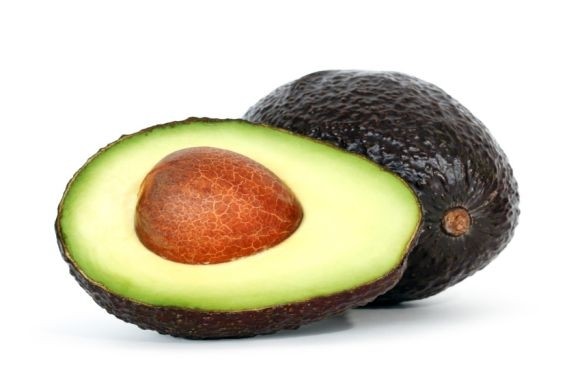
The work is led by Dr Gregory Ziegler, professor of food science at Penn State, who says he had a Eureka! moment several years ago when he was grinding down avocado seeds in order to extract starch and saw a “brilliant orange color” materialize via enzymatic reactions occurring as a result of the grinding process.
Instead of turning brown once exposed to oxygen, as many fruits and vegetables do as a result of the enzyme polyphenol oxidase or PPO, the avocado pits turn orange, but then stop changing color, he explained.
"It is likely due to the specific substrates that the PPO is acting on, resulting in a product that is less reactive than is typical for PPO products."
The colors can be extracted using water and ethanol, said Dr Ziegler, who was talking to FoodNavigator-USA after his team came second in an innovation competition at Penn State’s Inaugural Venture & IP Conference: “The most prominent color is a vibrant orange, but you’ve got the spectrum from bright yellow to red.
“What’s exciting about the colors is that they are highly water soluble, whereas with carotenoids [found in annatto, beta-carotene, paprika, lycopene, lutein, carrot oil and saffron], you have typically got to use antioxidants [to keep them stable] and emulsifiers [to make them water dispersible].”
It sounds like hyperbole, but the colors seem to be almost bulletproof
While carotenoids can be degraded by light, changes in pH, oxygen and enzymes, meanwhile, AvoColor [the brand name for the avocado-based colors] appeared to be "almost bulletproof,” said Professor Ziegler, who teamed up with colleagues at Penn State in July 2016 to form a company called Persea Naturals.
“Now that we are removing the less stable contaminants, the colorant itself is much more stable. This is much of the work we have been doing since that first publication [Dr Ziegler's first paper on avocado seed color was published in 2011].
"It sounds like hyperbole, but the colors seem to be almost bulletproof, and they will also be cost effective, as avocado seeds are currently typically thrown into landfill. I’ve got them sitting in my south facing window and they are very stable to light. They also appear to be heat-stable so they work in pasteurized products and baked products. It’s relatively stable to oxygen.”
As for pH, he said, “They can change color at certain pH [color intensity increases as pH rises] but they don’t degrade.”
Asked whether he had found application areas where the patent-pending colors did not perform well, he said: “So far we haven’t found any. We’ve put it in ice cream (creamsicles), baked products - both the crumb and the frosting, carbonated beverages, confectionery, and milk. It may precipitate with some proteins (especially in protein drinks), but we haven’t tried a wide variety.”
Food additive petition needed
While a color additive petition would have to be submitted to the FDA in order for the colors to be approved for use in the US, said Professor Ziegler, Persea Naturals had the skills within the team to piece together the relevant information.
“We’ve got expertise in food and process engineering, analytical chemistry and toxicology.”
As for the route to market, he said Persea Naturals is having conversations with potential partners and is also talking to the International Association of Color Manufacturers.
“We’ve made some inroads but it’s too early to talk about our long-term business model. We have a provisional composition of matter patent that was filed last year and the University is turning that into a full patent application, so we should have protected intellectual property.”
So has anyone else attempted to commercialize avocado seed colors?
Not as far as he knows, said Ziegler, who first published a paper on his research back in 2011 in the Journal of Food Science followed by a 2013 review of literature exploring functional properties of avocado seeds in Current Pharmaceutical Design:
“When we started, we searched high and low in the literature to find references to this and there literally wasn’t anything there. I’ve also looked at all the proceedings from the [Hass] Avocado Board and didn’t find anything.”
